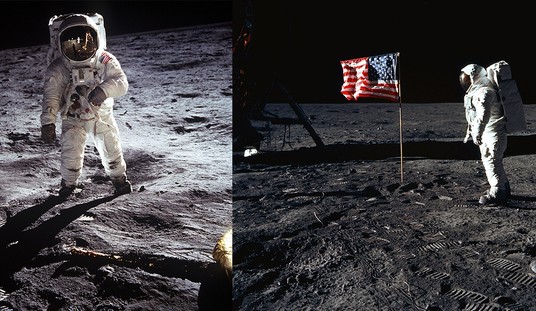Just a few years ago, you could’ve bought all the land you wanted in DeSoto Parish, LA for $1,000 or so an acre. While oil and gas production was not unknown in the rural northwestern parish, most thought DeSoto’s glory days were gone forever.
The Haynesville Shale natural gas play has changed all that.
“People went to bed one night poor and woke up the next day rich, enabled to buy a Cadillac and pay cash,” said Mayor Curtis McCoy of Mansfield, the parish seat. “It’s kind of like the show ‘The Beverly Hillbillies.’ ”
Susquehanna County in northeastern PA is DeSoto’s counterpart. The Marcellus Shale is hot – red hot – in much of PA, but especially Susquehanna.
The New York Times compares and contrasts DeSoto Ph. and Susquehanna Co.:
When a Rig Moves In Next Door
This article is informative and balanced, and I would urge anyone with an interest in the subject to read it in its entirety. As much as I normally pick on the NYT for editorial bias, its reporters normally take the time and effort to get most of the details right in their reporting of energy issues.
A point often missed in considering energy policy and politics is the direct benefit to landowners in an active play area. Oil and gas companies can’t just drill wherever they want; instead, they must secure the right, in the form of a mineral lease, from the mineral owner (which is, inmost cases, the owner of the surface of the land. In exchange for the granting of the lease, the mineral owner benefits from the lease bonus, a payment which may range from several hundred dollars per acre to many thousands of dollars per acre in some of these hot plays. Landowners whose surface is impacted by operations may be entitled to monetary payments for locations, rights-of-way or water rights.
Perhaps most significantly, the mineral owner is entitled to a royalty share of production. That means that, without bearing any cost, the mineral owner gets a 1/8th to 1/4th share of all the value produced by the well.
Here’s how that works, at least in Louisiana: the state has determined that one of these big horizontal Haynesville wells can “drain” 1,280 acres (that’s two square miles, and double the acreage normally assumed for vertical gas wells of similar depth). The owners of the 1,280 acres that make up that “unit” will receive their proportionate share of the royalty based on how many acres they own.
The owner of 120 acres who leased at $5,000 per acre got a check up front for $600,000. If all 120 acres get put into a unit of a moderately successful well, he might be looking at royalty payments on the order of $20,000 — per month. (these royalty payments will decline along with the well’s production). At no risk of investment. All this on land that could have been bought outright for maybe $120,000 just five years ago.
So mineral development is mighty welcome in the deep piney woods of LA, but not so in PA. A large part of the reason is unfamiliarity, and the play for hysteria by environmentalists, playing on the natural fears of residents with sophisticated plays like the movie Gasland.
FURTHER south, in Dimock Township, more than a dozen residents have joined a lawsuit against Cabot Oil and Gas, which is accused of causing methane to bleed into residents’ water wells — and in some cases, spew from the kitchen tap. The recent documentary “Gasland” featured some of these landowners — many leasing to Cabot — igniting fumes coming from their faucets.
Area resident Martha Losey, 78, disagrees that gas development caused the methane in the drinking water:
“My father dug our well in 1945, and we knew it had lots of iron in it, and we thought it had something else, but we weren’t sure, because it had lots of bubbles in it,” Ms. Locey said. “So my nephew took it to school in the ’60s, and the science teacher lit it, and it burned, so he said, ‘It’s methane.’ ”
“The truth is, our well has been that way since 1945,” added Ms. Locey, who has signed an affidavit in support of the gas company’s legal case. “I don’t think Cabot was here back then.
Cross-posted at VladEnBlog.















Join the conversation as a VIP Member